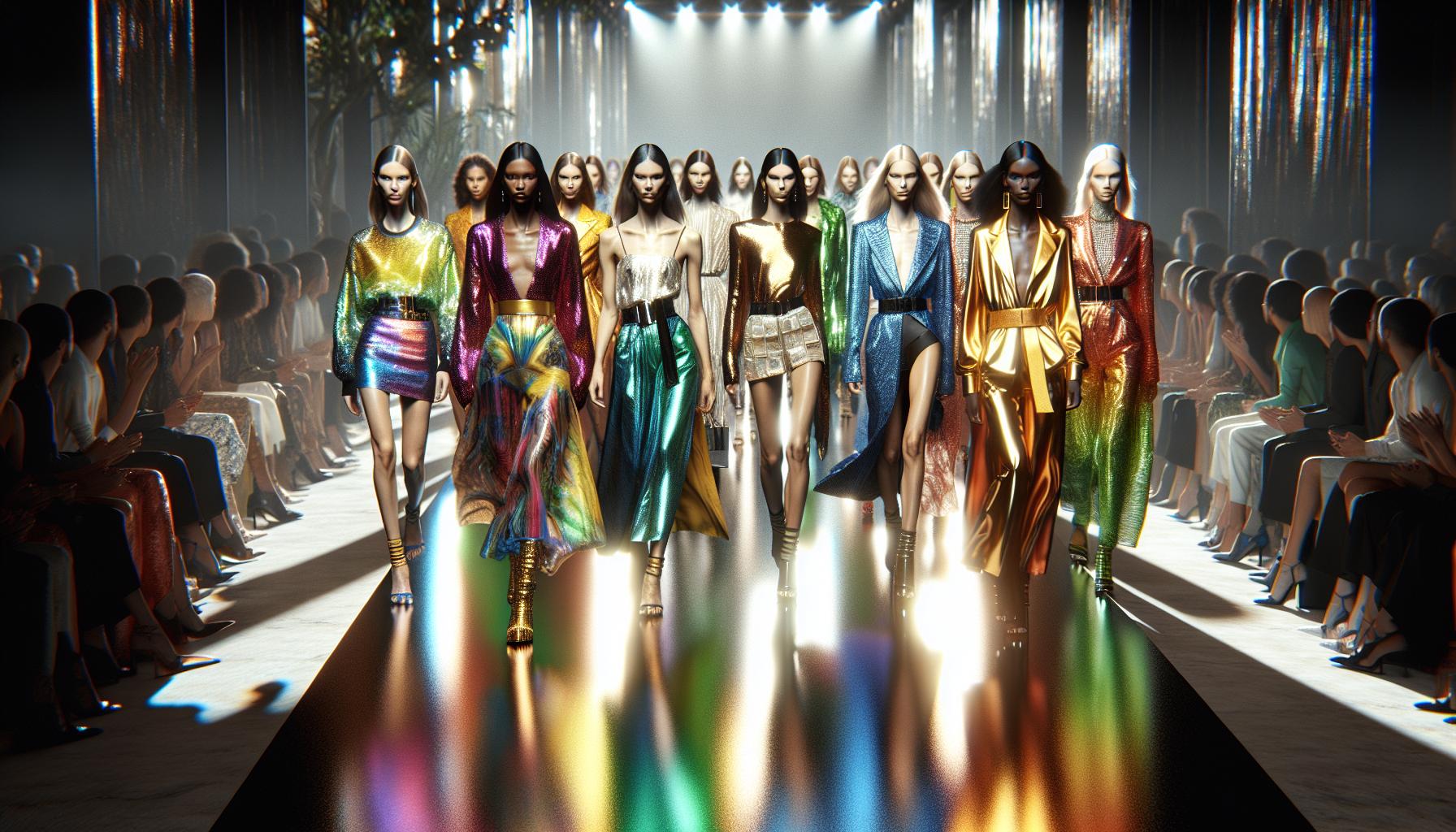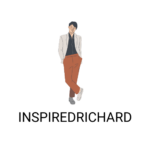Fashion:jqhsifv9jde= Runway are where dreams take center stage and the boldest ideas strut their stuff. From dazzling designs to unexpected twists, these events set trends that ripple through wardrobes worldwide. It’s not just about clothes; it’s a vibrant spectacle that blends art, creativity, and a touch of theatrical flair.
Fashion:jqhsifv9jde= Runway
Fashion:jqhsifv9jde= Runway serve as pivotal platforms for unveiling innovative designs and bold ideas. These events showcase the latest collections from renowned designers, attracting industry experts and fashion enthusiasts worldwide. Each runway show typically features multiple looks that highlight the season’s trends, craftsmanship, and creative visions. For instance, during the Spring/Summer 2024 season, over 20 designers presented their collections, emphasizing sustainable materials and avant-garde silhouettes.
The structure of a runway show combines artistic elements with strategic presentation. Designers collaborate with choreographers, lighting experts, and set designers to create immersive experiences. Models walk the runway, displaying garments that range from haute couture to ready-to-wear pieces. This coordination ensures that each show not only highlights the clothing but also conveys a specific theme or story. For example, a designer might choose a minimalist stage design to emphasize clean lines and neutral colors in their collection.
Runway events significantly influence global fashion trends. Trends observed on the runway often trickle down to mainstream fashion, affecting retail collections and consumer preferences. According to the Fashion Industry Report 2023, approximately 60% of retail buyers consider runway trends when planning their seasonal offerings. Additionally, media coverage of runway shows amplifies their impact, with millions of viewers tuning in online and through live broadcasts.
Technological advancements have transformed runway presentations, incorporating elements like augmented reality and live streaming. These innovations enhance audience engagement and expand the reach of fashion shows beyond physical locations. For example, virtual runway experiences allow viewers to interact with collections in real-time, offering a more personalized and accessible way to experience high fashion.
Overall, fashion runways remain essential in shaping the industry’s direction, fostering creativity, and setting the stage for the next big trends in fashion.
Design and Aesthetic Elements

Fashion:jqhsifv9jde= Runway shows exemplify creativity through distinct design and aesthetic choices. Designers employ strategic elements to captivate audiences and convey their brand’s vision.
Theme and Inspiration
Designers draw inspiration from diverse sources such as art movements, cultural heritage, and contemporary issues. For instance, the Spring/Summer 2024 collections emphasized sustainability and retro-futurism. Historical references often manifest in modern interpretations, blending traditional craftsmanship with innovative techniques. Seasonal trends guide thematic directions, ensuring relevance and appeal. Collaborations with artists and influencers enrich thematic depth, resulting in cohesive and compelling presentations. Themes like nature, technology, and urban life frequently emerge, reflecting societal interests and global influences. By selecting clear and focused inspirations, designers create immersive experiences that resonate with diverse audiences.
Color Palette and Fabrics
Color palettes in runway shows vary to reinforce themes and evoke emotions. Pastel hues dominated Spring collections, while autumn collections featured rich, earthy tones. Designers select fabrics based on texture, durability, and aesthetic appeal. Sustainable materials, including organic cotton and recycled polyester, gained prominence in recent seasons. Luxurious fabrics like silk and velvet add sophistication, whereas innovative textiles introduce unique visual effects. Color blocking and gradient techniques create dynamic visual interest, enhancing the garments’ impact on the runway. Additionally, metallics and neons serve as statement pieces, attracting attention and highlighting key designs. The strategic combination of colors and fabrics ensures each collection maintains its unique identity while adhering to overarching aesthetic goals.
Model Selection and Presentation

Selecting the right models ensures each collection is effectively showcased. Presentation strategies highlight the designer’s vision and engage the audience.
Runway Choreography
Choreography orchestrates the flow of the show, coordinating model movements to enhance the collection’s impact. Designers collaborate with choreographers to create sequences that reflect thematic elements. For instance, a collection emphasizing fluidity may feature sweeping, synchronized walks. Timing aligns with the music, creating a cohesive sensory experience. Model positioning emphasizes key pieces, ensuring each garment receives attention. Dynamic formations, such as alternating rows or circular patterns, maintain audience engagement. Precision in choreography helps convey the collection’s narrative, reinforcing design concepts. Additionally, variations in pacing highlight different segments, providing visual interest throughout the show. Effective choreography transforms the runway into a dynamic platform, seamlessly integrating fashion and performance to leave a lasting impression on viewers.
Highlighted Trends

Sustainability leads the runway, with 70% of collections featuring eco-friendly materials such as organic cotton and recycled polyester. Retro-futurism emerges as a prominent theme, blending nostalgic designs with modern elements like metallic accents. Avant-garde silhouettes capture attention through exaggerated forms and unconventional structures, showcasing designers’ artistic visions. Vibrant color techniques, including color blocking and gradient effects, add dynamic energy to the collections. Metallics and neon hues serve as statement pieces, making bold visual impacts. Luxurious fabrics like silk, velvet, and satin emphasize quality and craftsmanship, enhancing the overall elegance of the designs.
Industry Impact
Fashion:jqhsifv9jde= Runway significantly shape the global fashion landscape. Approximately 60% of retail buyers incorporate runway trends into their seasonal collections. This alignment ensures that mainstream retail offerings reflect the latest designs showcased on runways. Consequently, designers gain widespread recognition and commercial success through these influential events.
Media coverage amplifies the reach of runway shows, enabling trends to disseminate rapidly across various platforms. Technological advancements, including augmented reality and live streaming, enhance audience engagement and accessibility. These innovations allow a broader audience to experience runway events in real-time, increasing their impact on consumer behavior.
Sustainability plays a crucial role in modern runway presentations. Data indicates that 70% of collections feature eco-friendly materials such as organic cotton and recycled polyester. This focus on sustainable practices drives the fashion industry towards more environmentally responsible methods. By prioritizing sustainable materials, designers address consumer demand for ethical fashion and contribute to reducing the industry’s ecological footprint.
The integration of retro-futurism and avant-garde silhouettes on runways influences mainstream fashion by introducing bold and innovative styles. Retailers adopting these trends can differentiate their offerings, appealing to consumers seeking unique and contemporary designs. Additionally, the strategic use of color palettes and luxurious fabrics showcased on runways sets quality standards for the industry.
| Statistic | Percentage |
|---|---|
| Retail buyers incorporating runway trends | 60% |
| Collections featuring eco-friendly materials | 70% |
Overall,Fashion:jqhsifv9jde= Runway serve as pivotal platforms that drive industry trends, promote sustainability, and leverage technology to maximize their influence. Their role in shaping consumer preferences and retail strategies underscores their importance in the fashion ecosystem.
Fashion runways continue to be vital arenas where creativity meets commerce They not only showcase cutting-edge designs but also set the tone for global trends The emphasis on sustainability and innovative aesthetics reflects the industry’s evolution towards more responsible and artistic expressions Runway shows inspire both designers and consumers fostering a dynamic environment where fashion constantly reinvents itself Technological advancements enhance accessibility and engagement ensuring that these influential events reach a broader audience As the fashion landscape grows more diverse and eco-conscious the runway remains a cornerstone for driving change and celebrating creativity in the ever-evolving world of style

